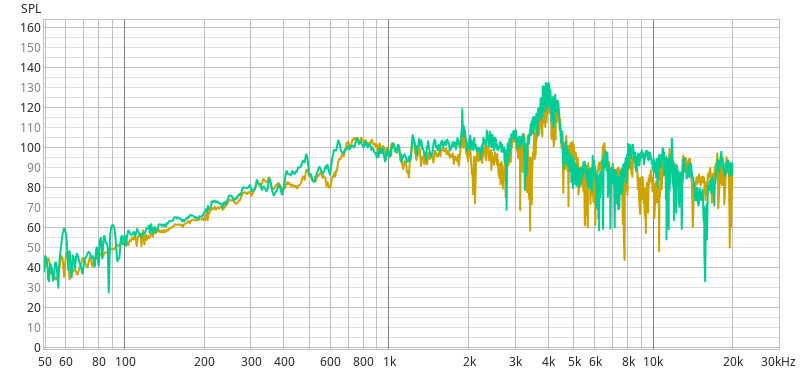DIY Motorized Pendant Lights: A Tale of Trials and Triumphs

Inspired by the rise-and-fall pendant lights of the late 20th century, the author embarks on a challenging DIY project to create motorized versions. The journey details the selection of motors, slip rings, and microcontrollers, alongside the mechanical and electrical design, and firmware development. Obstacles encountered and solutions implemented are meticulously documented. The final result is five remotely controlled pendant lights, with a discussion of lessons learned and future improvements.















